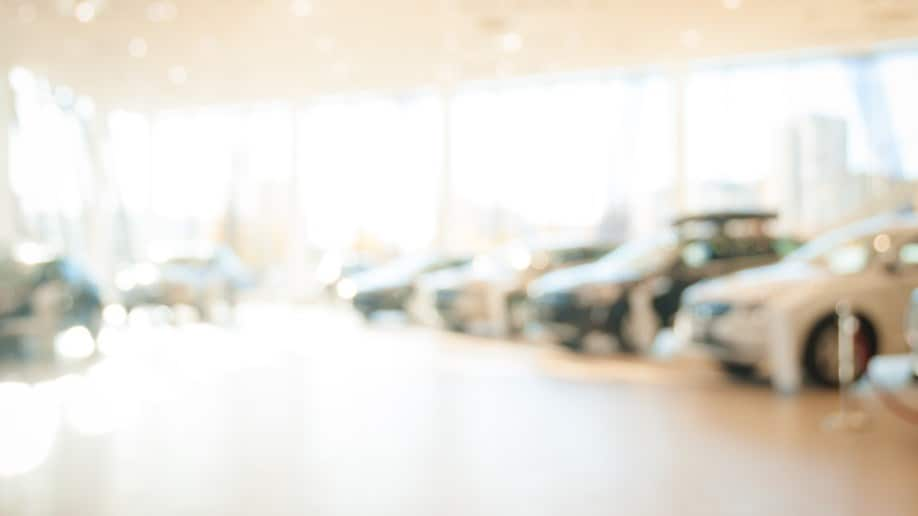
Could it lead to a bubble?
A new report from accounting giant KPMG says yes. Americans who bought used cars during the current price spike could find themselves driving an asset worth less than they owe on it. If the bubble bursts, trade-in values could crash.
KPMG built its report, in part, with data from Kelley Blue Book parent company Cox Automotive.
How We Got Here
A perfect storm of factors combined to quickly heat the used car market in 2021.
The worst of the economic slowdown caused by the COVID-19 pandemic began to ease. Americans got vaccinated. Government assistance helped many catch up on bills and start to shop again.
Nervous about public transit during a global pandemic, Americans sought out cars.
But automakers had few new cars to sell them. A worldwide microchip shortage left the automotive industry building fewer cars than planned. “In Q3 2021, new-car production fell to about a 12-million-unit annual rate,” KPMG notes, when 17 million might have been expected if not for the collision of several crises.
That pushed new car prices up – the average new car sold for more than $46,000 in November, a 13% increase in just one year. Higher new car prices sent many shoppers into the used car market.
But the used car market was rocked by its own wave — one tracing back many years. Automakers had trimmed production for several years after the 2008 recession. That left fewer of the older, higher-mileage used cars dealers sell for under $10,000. With more buyers but only a small supply of expensive, recent cars, the used car market saw inflation that made new car prices look tame.
In November, the average used car sold for more than $27,000 – a 27% increase in just one year and 41% higher than the pre-pandemic average of two years ago.
What Could Happen Next
“History tells us the current frenzy in the used-car market will come to an end,” KPMG says. As the microchip shortage and other supply chain problems ease, “the massive auto manufacturing machine will shift back into high gear, and dealer lots will again be full. When that happens, the used-car market could collapse.”
If the normal relationship between new and used car prices is restored, KPMG says, “That would imply a drop in used-car prices of about 30% below where they are today.” The drop could be less dramatic if inflation persists.
What That Means for Drivers
Among the implications of such a drop, KPMG says:
- By the end of 2021, some 17 million consumers — the equivalent of a full year’s sales — will own vastly overpriced used vehicles. This number is growing by close to 2 million used-car buyers a month.
- Over half of these overpriced vehicles are financed, posing potential risks to lenders and investors in the $1.4 trillion auto-loan business. Moreover, these buyers will have little to no equity in their cars, making future car purchases unaffordable.
KPMG’s analysts can’t say when price drops might begin, noting that inflation could be with us a long time. The current political situation makes government solutions hard to predict.
The report outlines four possible trajectories for used car prices. All show equilibrium returning between October 2022 and October 2023, potentially leaving millions of Americans upside down on their used car loans.
“We expect the market to anticipate the turnaround in the new-car supply situation ahead of time and begin repricing used cars before new-car lots are full and used-car demand returns to normal,” the report notes.
Related: Is Now the Time to Buy, Sell, or Trade-In a Used Car?
There’s little good news for shoppers in the projections. We would note that the average car on American roads is over 12 years old now. So many who bought late-model used cars may keep them long enough that a crash in trade-in value wouldn’t affect them much.
But, if you can, this remains a good time to fix your existing car and keep it running until prices stabilize.







